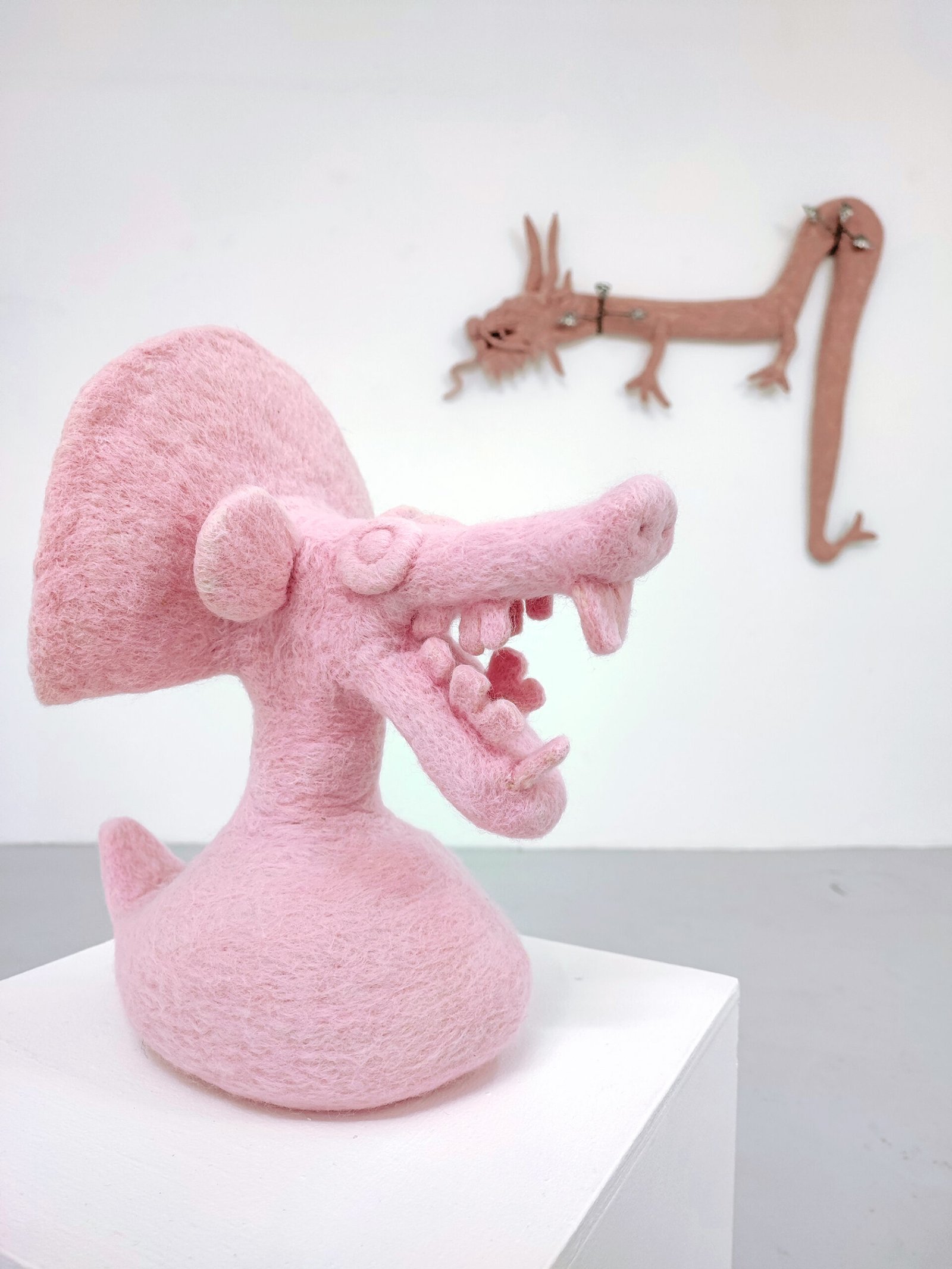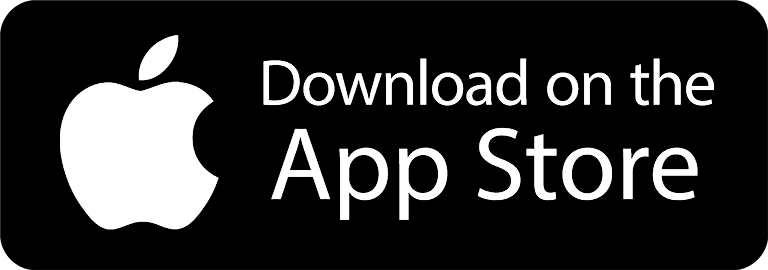Being Part, While Remaining Oneself
The Flat Massimo Carasi gallery stages an ode to Singularity as a tool of belonging and mutual recognition, claiming for human creativity the role of narrator and builder of shared meaningful paths—other than AI.
Article by Alessia Baranzini
Clicca qui per leggere questo articolo in italiano
Nowadays, the attempt to identify diversity seems to have become a habit. However, it is spoken about in an increasingly distorted way, using distinguishing to create a break, separating the different from the equal.
Not even the world of Contemporary Art is immune to this tendency: it has continuously responded to the clustering of the past to highlight independent phenomena or the most revolutionary currents. Yet, by defending the value of identity, we have too often ended up opposing the community and forgetting how equally revolutionary the act of being oneself together with others is.
The works of Anthony Coleman and Guadalupe Salgado, brought together for “Near to Singularity, Unclear Which Side…” at The Flat Massimo Carasi gallery, demonstrate that personality also can be expressed constructively.

The title is declaredly inspired by a tweet by Sam Altman, CEO of OpenAI, who tried to describe the story of his ChatGPT in just six words.
As for which side it is on, The Flat with this exhibition leaves us with no doubt: the theme of artificial intelligence is nothing but an expedient for its own denial since, in its spaces, we find a genuine condensation of humanity. The gallery aims to reclaim for Singularity the role of a tool for building shared meanings, showing how it is precisely through human creativity and being oneself that belonging can be generated (then also healing misunderstandings about the true meaning of diversity).

Coleman and Salgado initiate a profound dialogue between themselves and the viewer, addressing the contradictions and inconsistencies of Western society and the art sector in a highly personal (and singular, in fact) way.
Born and raised in Philadelphia (USA), Coleman is a self-taught artist with autism spectrum disorders and limited linguistic ability but great expressive and emotional strength. His subjects have recurring traits: beak-like noses, angular body shapes, and flat but very bright colors. He uses an unmistakable visual alphabet that has now become his signature. The materiality of the works is evident: you can feel the urgency of the gesture, the imprint left on the paper, the insistence of the dark contours, and those penetrating eyes. It is almost as if you can see him, Coleman, at work, with the frenzy and drive of someone who puts all of himself into what he is doing.


It could be called outsider art, but once again, it would be an act of separation. The strength of the exhibition lies in not making us feel this artist as a foreign or different body and in allowing us to find ourselves in those drawings: as children, we, too, used to tread on pastels with the same emphasis and freedom of expression; perhaps we too owned a Furby, like the one portrayed in the work Force Field Creature & A Pink Furby (2023), which ended up tormenting us.
Coleman himself claims his place in a recent interview for Carhartt Wip Journal: he wants to be remembered simply as «Tony, who with art made a mark and was accepted.»
What often breaks the spell of creativity is the sense of responsibility, which pushes one to set limits and operate classifications. Coleman gives himself the sole responsibility of being Tony, reminding us that there is no form of freedom, humanity, and participation in society or in the world of Art greater than this.

Guadalupe Salgado, a Mexican artist born in 1991, with her plush sculptures, creates a short circuit that is not at all anachronistic, once again mixing the individual and social levels and welding together the experience of the individual with the world’s destiny. In her low-budget archaeology, history, taking shape in soft relics similar to toys, takes on a private, familiar, and accessible aspect. Beyond their playful features, however, symbols such as the Siren, the Serpent, the Ghosts, and the Dragon retain an ancestral and shared value.
For Salgado, this operation is also an expedient to denounce the theft, appropriation, and, in more serious cases, the destruction suffered by the artifacts of past civilizations (certainly including the Mexican one): objects that are uprooted from their places of origin, becoming stateless symbols without a past and an uncertain future. Wanting to broaden the field further, a reflection also emerges on the progressive emptying of the value of the sacred in society. Spirituality has lost its specific format, and perhaps it is precisely this that pushes man to try to implement it in artificial intelligence.


Have you ever seen lightning with your eyes closed? It happens, for example, when you look at a light source for too long, so much so that a retinal imprint remains on your closed eyelids. At the end of the exhibition, the effect seems the same: maybe it’s because of all the color that invades the white spaces of the gallery without ever really leaving space for emptiness. Maybe it’s because all those familiar shapes and symbols, those cartoonish and noisy characters, remain attached. Yes, in the end, an imprint remains on you.
We give Altman’s tweet the sole credit for reminding us of the importance of Singularity, but once the visit to The Flat is over, it no longer seems like a line of demarcation but instead the flag of a profound truth: being singular, creative, and human is perhaps the only key to real progress for everyone.
Being singular is being a part while remaining yourself.
Translated to English by: Dobroslawa Nowak






